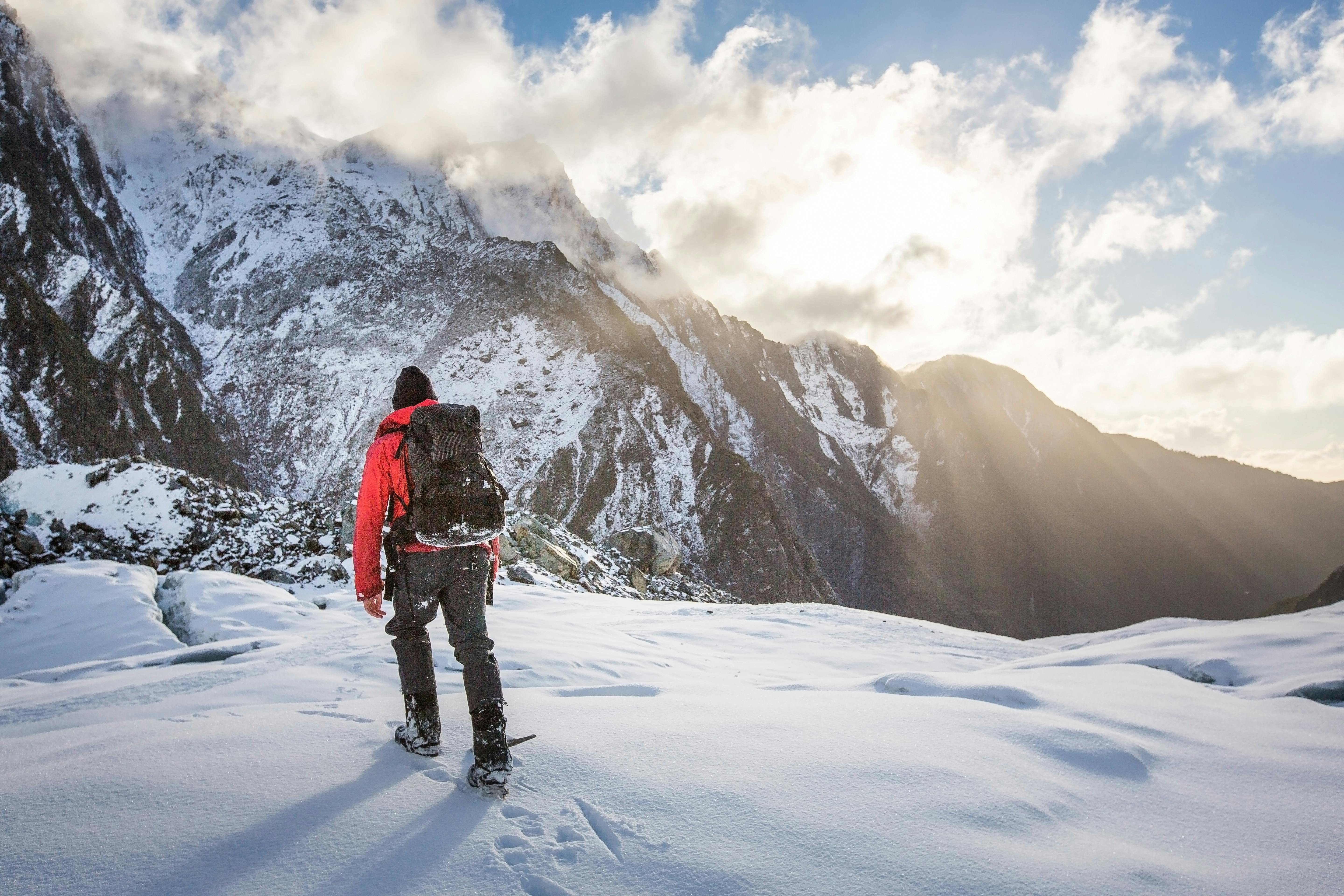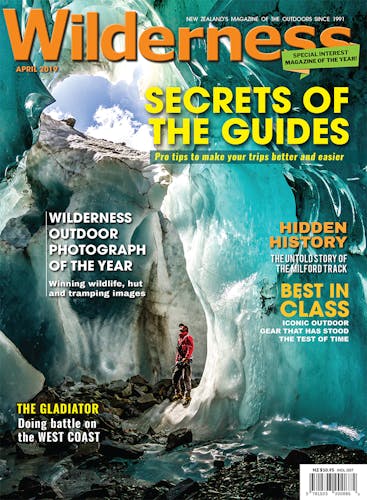When it comes to packing, backcountry cooking and getting fit for tramping there are few more knowledgeable people than those who guide on trails and mountains for a living. We asked them to share their hard-won secrets for a successful trip.
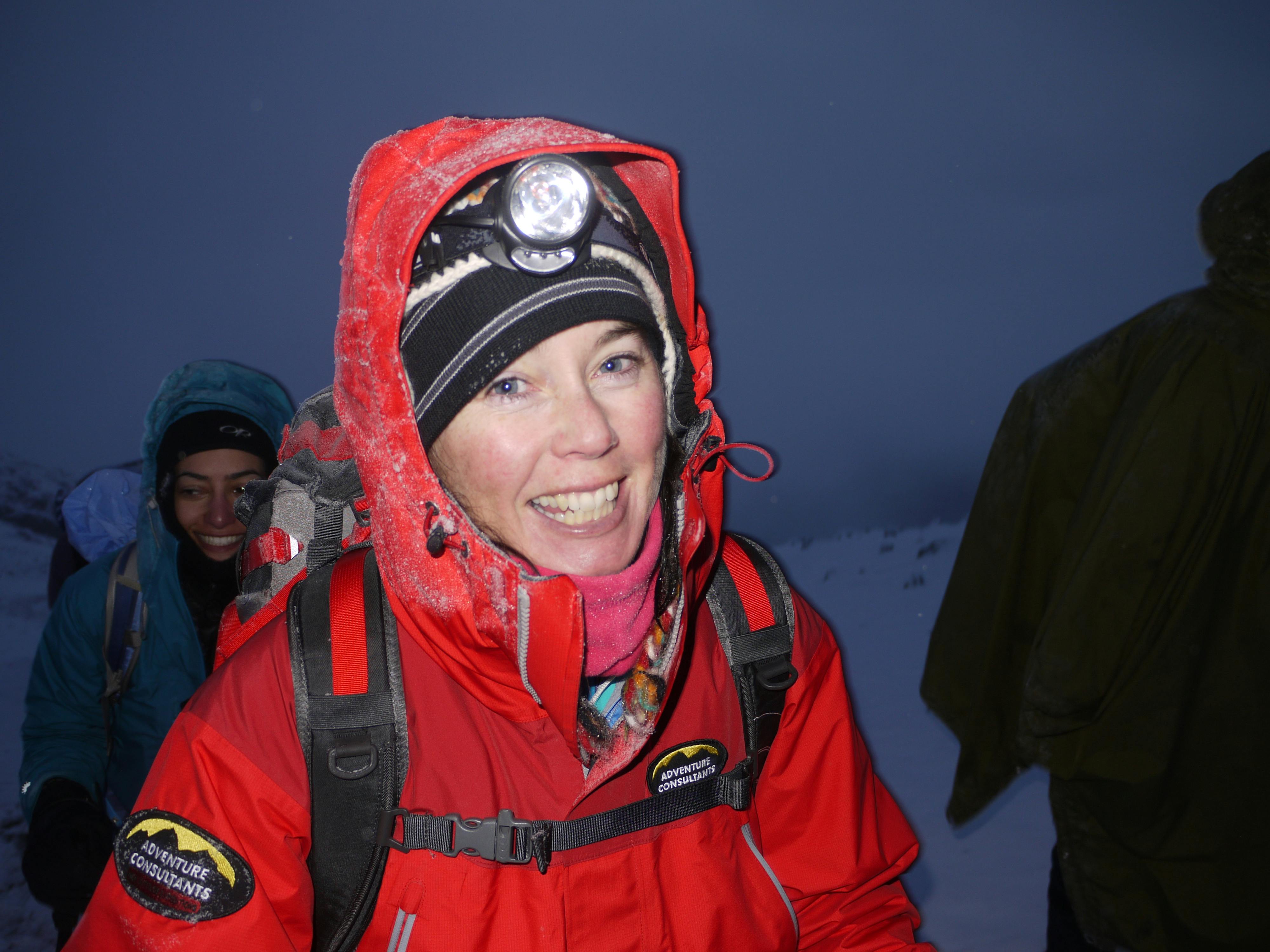
Suze Kelly says a good walking pace is one you can sustain for a long time while holding a conversation. Photo: Supplied
Suze Kelly, Adventure Consultants
On food: Kelly recommends planning your meals in advance and bringing lots of snacks. “If you’ve got your snacks handy, you’re more likely to pop one into your mouth as you go rather than having to wait until you stop.”
Kelly’s preference is for sweet treats like gummy bears and snakes. “They’re good to share when you see the people around you are beginning to fade,” she says.
For dinner, it’s about keeping it tasty. Kelly likes to add spices, toppings and other condiments to her dehy meals. She chooses Local Dehy, a Wanaka-based company that makes vegetarian meals. “They’re really tasty and a lot of thought goes into them. You don’t have to do too much planning when you have one of those.”
On walking: “It’s really about your mindset when conserving energy. I moderate my pace to keep my heart rate at a level I can sustain for a long time while holding a conversation.” For Kelly, this means maintaining a consistent and steady pace. “It’s amazing how much ground you cover by just keeping moving and not having lots of short jerky movements that use up energy and require more stops.”
Kelly always ensures she is hydrated before
going to sleep and she never holds in a pee.
On getting fit: “You really can’t beat getting out onto hilly terrain with a loaded pack,” says Kelly. “You want to build up your endurance by doing a lot of hours at a heart rate that is sustainable – don’t go out to bust your guts.”
Kelly recommends loading your pack with water containers – 15kg or even 20kg. “You build up endurance by load-carrying,” she says. “It slows you down quite a lot.”
On sleeping: Kelly always ensures she is hydrated before going to sleep and she never holds in a pee. “You might lie there for a while hoping it will go away, but the sooner you do it the sooner you get it done and the sooner you can go back to bed,” she says. A full bladder can also chill you – your body has to work harder to keep all that liquid warm.
If you’re camping out in winter, Kelly suggests wearing a hat and pulling a Buff over your face to breathe through. “It takes a bit to get used to, but over a long trip in a cold and dry environment, it helps preserve your throat.”
Kelly uses an inflatable pillow to avoid a sore neck, but when push comes to shove she’ll use a pack or a stuff sack full of clothes.
On hygiene: Kelly tramps by the leave no trace philosophy and packs everything out. She prefers to use an opaque toiletry bag which obscures the contents. She knows some people who use a Shewee, but doesn’t herself. “It’s worthwhile practising with them,” she says. “The worst thing is to be in a delicate situation with them and have a malfunction – that’s really not good.”
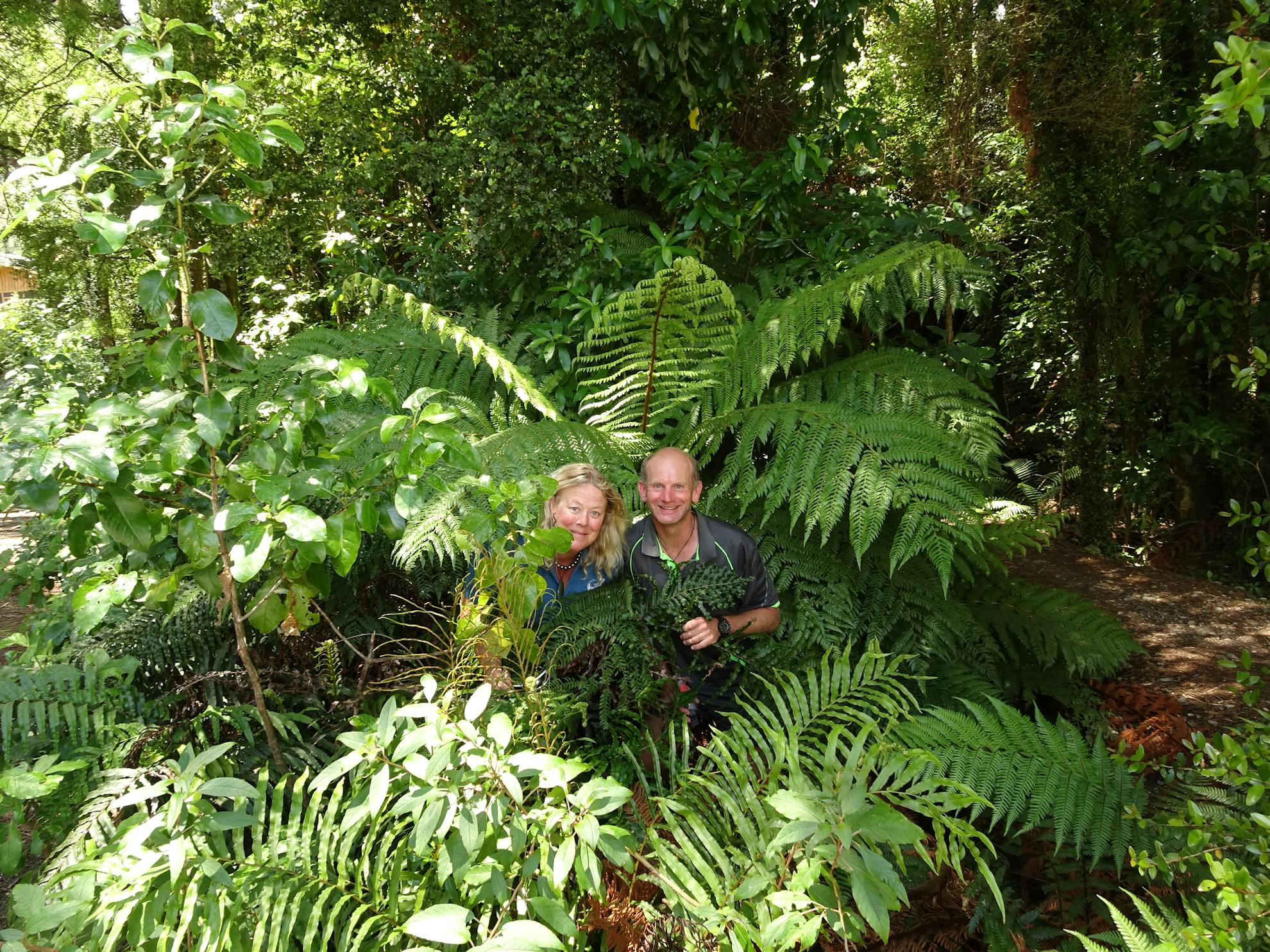
Maggie Seeman and Richard Walker, Bush and Beyond
On looking after the environment: Seeman likes to lead by example. “One responsibility as a guide is to model respect for the environment,” she says. “When we show clients the environmental issues and the unique and special things which happen naturally in the area we are travelling through – the Māori learning principle of kaitiakitanga – they can see that we care and these things are important.
“I hope this inspires our clients to be more aware of the environmental issues at home.”
On keeping up morale: “Regular rest stops, staying hydrated and eating regularly is essential,” says Seeman. Apart from anything, a rest provides a chance to have a chat. “Our clients often have a better knowledge of some things than we do,” Seeman says. “That’s the Māori principle of ako (a teaching and learning relationship) in action.”
On making it fun: “Everyone has a sense of humour and if we make an effort to access this, the trip will be more enjoyable for everyone,” says Walker.
He says having regular rest stops is important. “Get people talking about life experiences they are willing to share.”
When hut-bound, Walker says to pull out a pack of cards or do some stretching routines.
On sleeping: Walker says a good night’s sleep is imperative. “It’s when we do most of our muscle recovery, so do your best to be comfortable and get a good night,” he says.
And it’s as easily done as said, he reckons: “Take the time to make a good pillow – I don’t carry a lot of bulky clothes so I put a couple of soft items under the end of the mattress to lift it, then fold a soft jacket on top.”
He recommends wearing enough at night so you can visit the toilet without rummaging through your pack and waking other hut users.
And don’t forget earplugs. “There will be a snorer, and if it’s you, you won’t be woken by someone growling at you.”
On feminine hygiene: Seeman carries a bag with bicarbonate soda in it to eliminate any odours caused by sanitary items. “I learnt this from women who have hiked in the United States where bears are a threat.”
Rather than use tampons or sanitary pads, Seeman suggests taking a menstrual cup which can be cleaned and reused.
On packing: “Make sure everything is warm and lightweight,” says Seeman. “Shop to the specials and the off-season. If you can’t afford to buy new, there can be good secondhand gear. Make a wishlist and start collecting.”
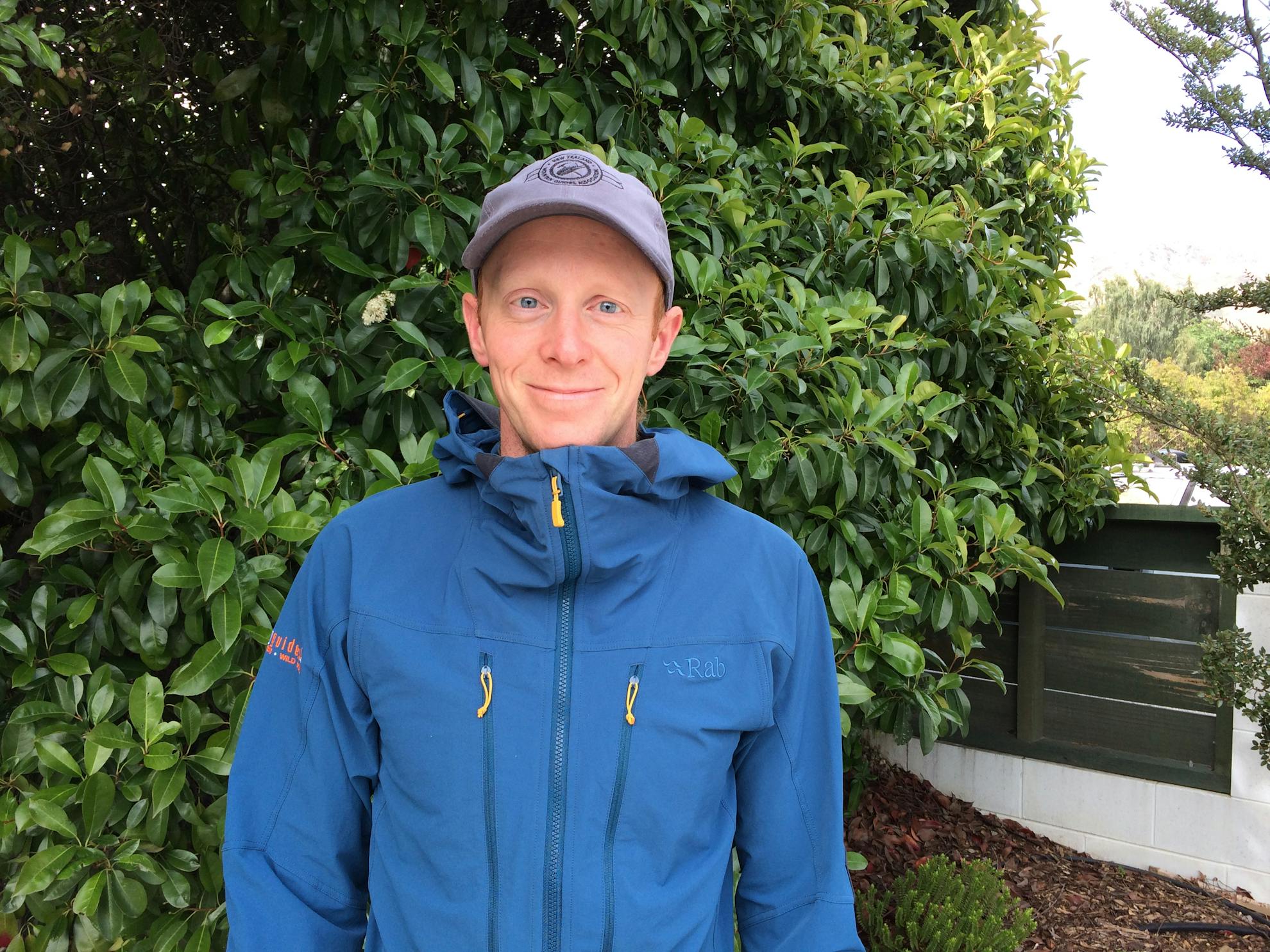
Tim Steward, Aspiring Guides
On food: Steward packs calories but also likes to keep things fresh. “If I’m trying to travel light, I’ll carry dehy meals and often I’ll make a combo of dehy mince with veggies, a sauce and more pasta just to get a few more calories in.”
He also makes his own energy bars in the form of very simple Anzac-style biscuits with sugar, oats and butter and “maybe a bit of fruit”.
On packing: When he’s guiding there’s not much Steward can do to minimise his pack weight apart from ensuring his personal gear is as light as possible. But by carefully planning his personal trips, Steward manages to keep a light load. “It’s about making decisions on when to go. You can’t carry everything for every scenario, so good planning is key. I tend to choose good weather forecasts to avoid having to take too many extra layers and waterproofs.”
On looking after the environment: Steward separates waste into compost, recycling and general refuse while in the field. “It makes it easier to deal with once you are home,” he says.
He’ll use reusable ziplock bags for general waste and a corn starch bag for the compostables.
“That way it can go straight on the compost heap when I get home.”
He washes his ziplock bags to ensure they get multiple uses.
On sleeping: As you’d expect for someone who spends much of their work week in the backcountry, Steward is a good sleeper. “I can pretty much sleep on anything, anywhere these days,” he says. “If there’s a bit of background noise in the hut I’ll put on some music for 10 minutes but by the third song I’m not really conscious of anything.”
He recommends earplugs and eye masks for those less able to ignore the lights and noise of a busy hut.
On making it fun: It’s all about the games for Steward. A favourite from his student days is the table traverse, where participants try to climb around a table without touching the floor. “It’s probably slightly too energetic for most, though,” he says. For a quieter time-filler, he says you can’t go wrong with a pack of playing cards.
On getting fit: Comfortably carrying a pack all day requires a strong core and legs. That’s why Steward focusses his own fitness on stabilisation and conditioning exercises, particularly for his knees. He says there are many little, easy and specific exercises you can do during the course of your day – such as standing on one leg in the supermarket. “Do little things like that and all of a sudden the downhills don’t feel so painful anymore,” he says.
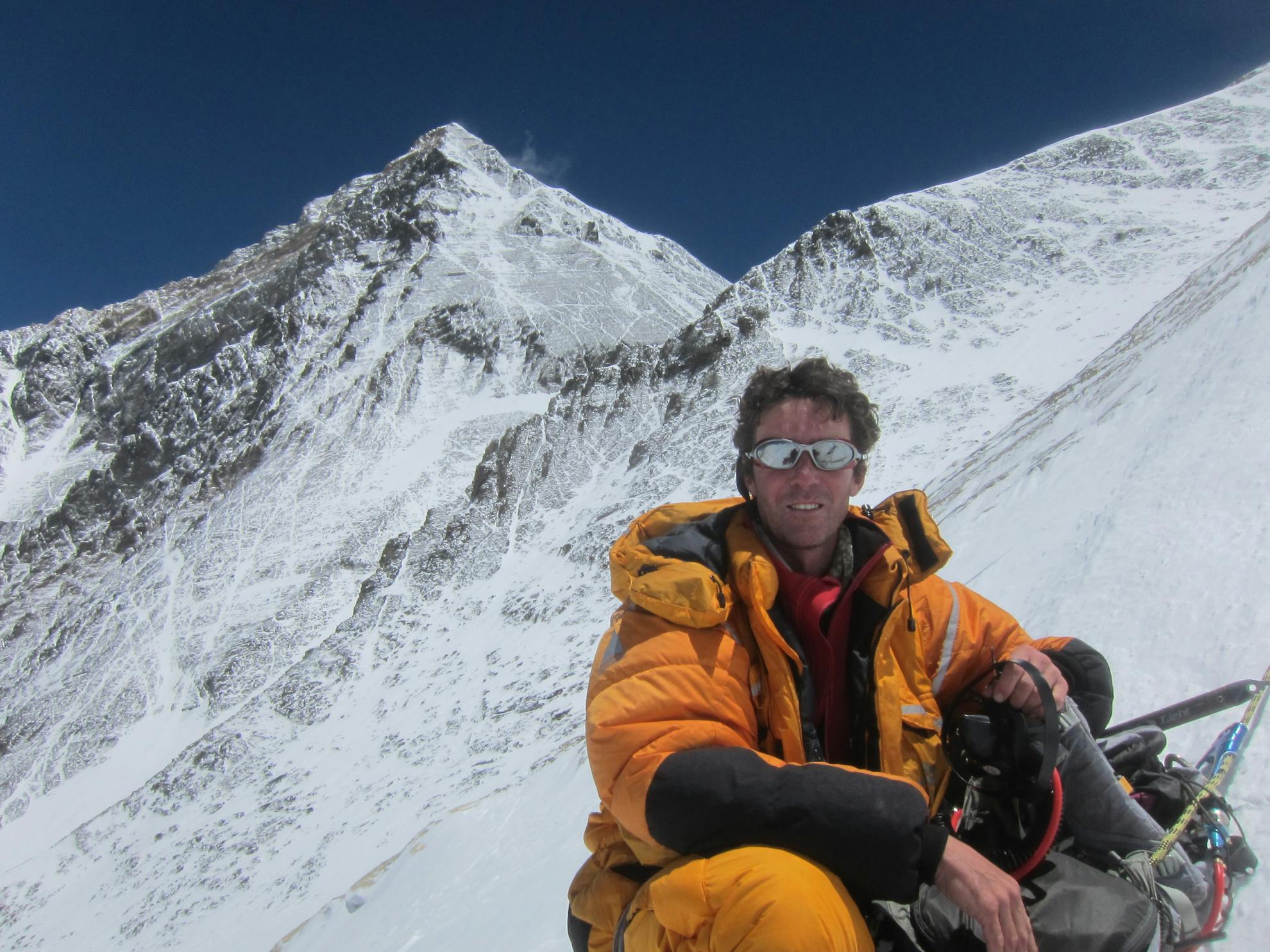
Dave McKinley, Alpine Guides
On food: Before carving a career as a mountain guide, McKinley was a chef so he’s not a strong believer in dehydrated food unless the trip’s duration necessitates it. “I’d take three days of fresh food before I start sliding into the dark side,” he says.
McKinley packs vacuum-packed smoked salmon and smoked chicken because they don’t go off quickly. He’ll then add fresh vegetables like capsicums and herbs he’s picked from his garden. His favourite bang-for-buck vegetable is spring onions: “There’s a lot of flavour in a spring onion for very little weight.”
A common meal he prepares is couscous with apricot masala and smoked chicken breast, spring onion and capsicum, topped with fresh herbs. “Nice, light and easy,” he says.
On looking after the environment: McKinley mostly uses a liquid fuel MSR Whisperlite stove. “You can imagine how many gas canisters you go through when you spend 100 days or more in the hills,” he says. “The Whisperlite is reasonably efficient and you’re not disposing of all these cans afterwards.”
McKinley also splits his rubbish, waste and compostables as he goes. But he often doesn’t have much to pack out: “Don’t carry it in if it’s going to become rubbish to carry out because A) it’s bad for the environment, and B) it’s bad for your back.”
On safety: Packing some form of shelter is McKinley’s biggest safety tip. “Even if someone has just a minor injury, you have to have some way of getting people out of the wind,” he says. For that reason, he always carries a tarp that he can pitch with walking poles or tie to trees. “I recommend people take at least an emergency yellow Mountain Safety Council plastic bag,” he says.
Don’t carry it in if
it’s going to become rubbish to carry out because A), it’s bad
for the environment, and B), it’s bad for your back.
On getting fit: Though McKinley believes “any fitness is good fitness”, he warns that gym fitness is not the same as mountain fitness. “I prefer to replicate the environment as much as possible,” he says. That means getting outdoors and carrying loads. “For a long time I used to do uphill pack carries with several two-litre milk bottles filled with water. I would carry them for several hours uphill and then when I get to the top empty them out so I didn’t trash my knees on the way down.”
On looking after your body: After two reconstructive knee operations, McKinley is a convert to hiking poles. “I used to think they were only for German tourists, but now I really appreciate them. I think they make a very big difference, particularly on the knees. If you take two per cent of your weight off every downhill step, and you’re doing 2000 steps, that’s a bit of weight you’re not putting into your frame.”
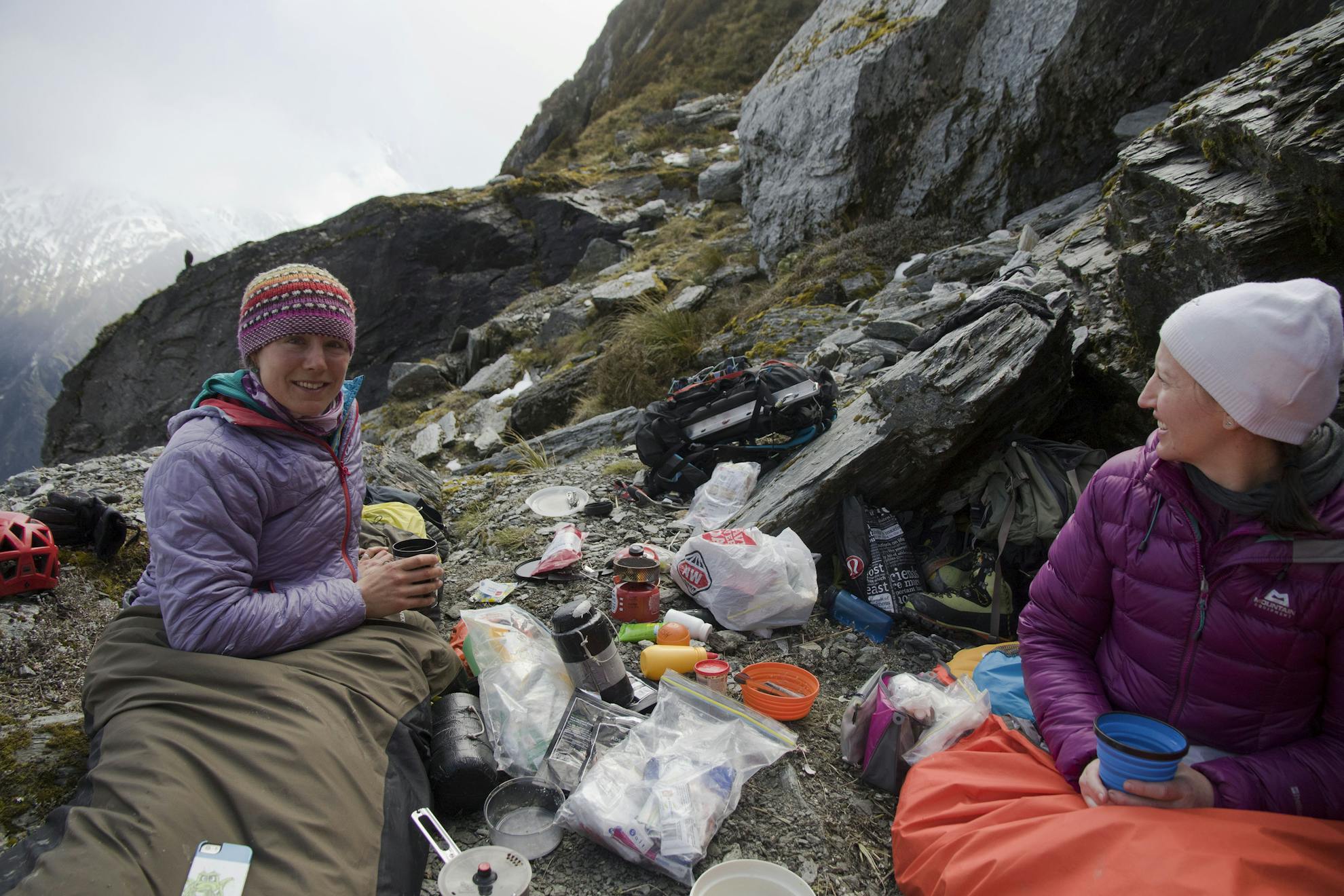
Elke Braun-Elwert, Alpine Recreation
On food: A good breakfast will set you up for the day ahead, so Braun-Elwert advises to pack one with energy. Her go-to is porridge. “Rather than just oats and water, I add some coconut cream – you can either do it tinned or powdered – and then add nuts and seeds to it and maybe a little bit of dried fruit,” she says. “I usually add a bit of cinnamon too – it just makes it a bit more palatable, especially on a cold morning.”
According to Braun-Elwert it’ll not only fill you up but keep you moving for hours.
On packing: “Get creative and think about every single item you’re packing,” she says. “And do it when you’re not under time pressure.” She likes to ensure the items she brings with her have multiple uses, like the belay device that can also be used for abseiling and crevasse rescue.
She places heavy items in her pack first, then packs loose items around these. “Be sure to compress everything well so your pack is as tight as it can go and is not wobbling around,” she says. “You have to work harder if you’re having to counter the movement of the pack.”
The whole group will move faster and more
efficiently if you put a slow person behind the leader – they can then watch that person’s footwork and it makes it easier for them to find the route because they don’t have to think as hard.
On fitness: Want to feel stronger and fitter on your tramps? Get used to walking over rough terrain, advises Braun-Elwert. “A lot of people are used to walking on level surfaces and they might go to the gym, but that doesn’t train all those little balancing muscles,” she says. “I find that people, even if they’re very fit marathon runners or ironman athletes, get very tired very quickly over rough terrain.”
Braun-Elwert says you should practise walking on trails, through riverbeds and boulder-hopping at the beach to train for a long tramp.
On pace: We’ve all been in a hiking group where some people have lagged behind. In those situations, Braun-Elwert recommends putting the slower person right behind the leader. “There’s a tendency when people are finding it tough or are going slower to want to go to the back because they don’t want to slow others down,” she says. “But the whole group will move faster and more efficiently if you put the slow person behind the leader because they can then watch that person’s footwork and it makes it easier for them to find the route or select where to step because they don’t have to think as hard.”
On hygiene: What’s good for your hands is good for your feet, says Braun-Elwert, who has found hand sanitiser works wonders on pongy feet. “If you can’t wash your feet with water, rub them with hand sanitiser – it kills all the bacteria and makes your feet feel great.”





